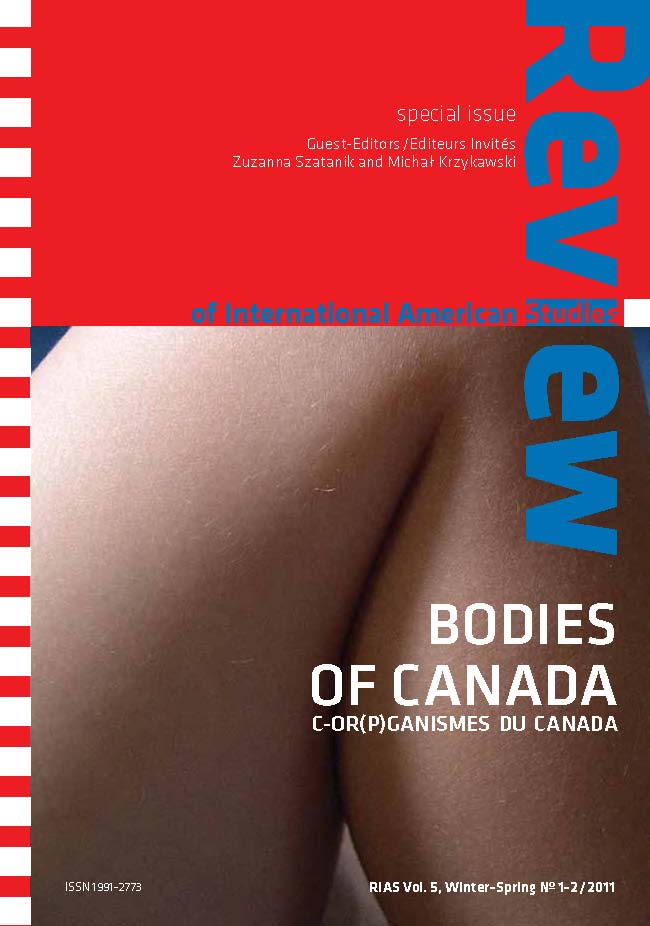LA SOURIQUOISE EN SES PLAISIRS. Analogie entre la femme sauvage et la Nouvelle-France chez Marc Lescarbot
LA SOURIQUOISE EN SES PLAISIRS. Analogie entre la femme sauvage et la Nouvelle-France chez Marc Lescarbot
Author(s): Isabelle LachanceSubject(s): Language and Literature Studies, Studies of Literature, Other Language Literature, Cultural Anthropology / Ethnology
Published by: Wydawnictwo Uniwersytetu Śląskiego
Summary/Abstract: This article studies the analogical representation of New France and the Souriquois (Micmac) woman in the propagandist discourse of Marc Lescarbot. In his approach to solving the difficulties inherent in colonization, the author of the first "Histoire de la Nouvelle France" (published between 1609 and 1618) promotes a model of settlement based on pleasure. But pleasure, revealing civility or politeness, cannot be reached without the key presence of women. Through this prescription—equally moral and medical—the historian criticizes tabaguia, Souriquois’ most ‘spectacular’ but infinitely imperfect pleasure, since women are not admitted to participate. By doing so, Lescarbot discredits French settlers’ allies in their legitimate and natural occupancy of the territory. Not to mention that the Souriquois would have learned from the Frenchmen the only pleasure they condescend to their spouses: gallantry. Henceforth, the Souriquoise is in two ways the object of an interested rhetoric. On the one hand, as mate of a loyal and courageous but yet imperfect man, she becomes the sign of the colony’s possible success, owing to her highly moral behavior compared to European woman. On the other hand, by taking up to the other pleasure Lescarbot grants her, modest body ornaments, the Souriquoise embodies a colonial land that promises to welcome settlers who wish to live in a superiorly moral colony, a truly new France. Indeed, for this woman, not only the use of beaded works or matachias as body ornaments reveals a shared humanity with the colonist—a humanity placed under the aegis of arts and, therefore, of esthetical pleasure (covering up the ritual and political role these objects had in reality)—but, most of all, these matachias are represented as symbols of an humble and decent nature contrasting both with the European pomp and the uncontrolled sensuality of Natives living in southern territories. Obviously, this rejection comes in useful as Brazil, Florida and Virginia are, from then on, beyond reach of colonial France.
Journal: Review of International American Studies
- Issue Year: 5/2011
- Issue No: 1-2
- Page Range: 165-185
- Page Count: 21
- Language: French

